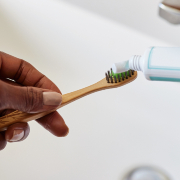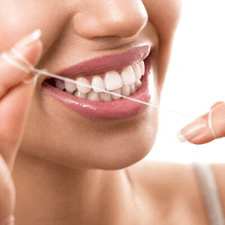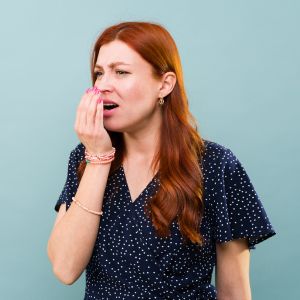The Truth About Whitening Toothpaste
 Whitening toothpaste promises dramatically whiter teeth, but the reality is more modest. These toothpastes use mild abrasives that remove surface stains – gentle polishers rather than bleaching agents.
Whitening toothpaste promises dramatically whiter teeth, but the reality is more modest. These toothpastes use mild abrasives that remove surface stains – gentle polishers rather than bleaching agents.
Most whitening toothpastes can lighten teeth by just one or two shades, and only if the discolouration is surface-level. They won’t change your natural tooth colour or remove deep stains. Abrasive toothpaste can also wear down enamel if used too frequently.
For noticeable whitening results, professional treatments remain the gold standard. We can assess whether your stains are treatable with over-the-counter products or if you’d benefit from professional whitening options.
The bottom line? Whitening toothpaste can help maintain results from professional treatments, but don’t expect dramatic changes from the drugstore alone.
Why Flossing Before Brushing Is Better
 Most people brush first, then floss as an afterthought – but switching this order could dramatically improve your oral health. Here’s why the sequence matters more than you think.
Most people brush first, then floss as an afterthought – but switching this order could dramatically improve your oral health. Here’s why the sequence matters more than you think.
When you floss first, you’re loosening bacteria, food particles, and plaque from between your teeth and along the gumline. This debris gets dislodged but doesn’t disappear – it’s still floating around your mouth. If you brush afterward, your toothpaste can reach those newly exposed areas and your brush can sweep away the loosened particles.
Flossing after brushing means you’re removing some debris, but the fluoride from your toothpaste has already been rinsed away, and you’re not getting the cleaning benefits where you need them most.
Think of it like cleaning your house – you wouldn’t vacuum before dusting, because the dust would just settle on your clean floors. The same principle applies to your teeth!


 Dental implants may look like natural teeth, but they require special attention. Plaque and bacteria tend to settle around the implant, the abutment (the connector), and the crown (the visible part). Without proper cleaning, this buildup can cause irritation, inflammation, and, eventually, peri-implantitis.
Dental implants may look like natural teeth, but they require special attention. Plaque and bacteria tend to settle around the implant, the abutment (the connector), and the crown (the visible part). Without proper cleaning, this buildup can cause irritation, inflammation, and, eventually, peri-implantitis.

